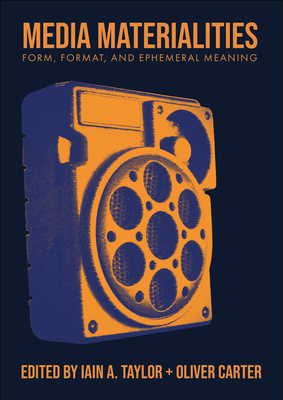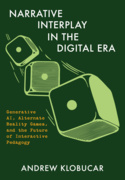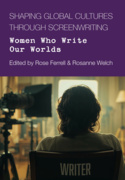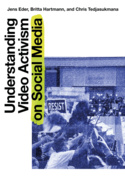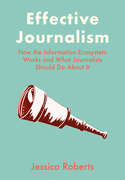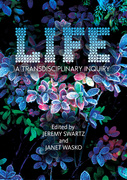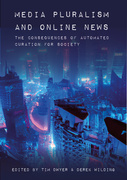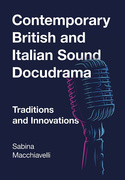Media Materialities (Book)
Form, Format, and Ephemeral Meaning
Brings together a breadth of perspectives addressing media materialities, and their significance to the study of media, culture, and society. Offers new thinking and perspectives on media materialities, including work that explores media materiality, and the past, physical and digital tensions and media materialities in digital games. 32 b&w illus.
Edition
Provides new perspectives on the increasingly complex relationships between media forms and formats, materiality, and meaning. Drawing on a range of qualitative methodologies, our consideration of the materiality of media is structured around three overarching concepts: form – the physical qualities of objects and the meanings which extend from them; format – objects considered in relation to the protocols which govern their use, and the meanings and practices which stem from them; and ephemeral meaning – the ways in which media artefacts are captured, transformed, and redefined through changing social, cultural, and technological values.
Each section includes empirical chapters which provide expansive discussions of perspectives on media and materiality. It considers a range of media artefacts such as 8mm film, board games maps, videogames, cassette tapes, transistor radios and Twitter, amongst others. These are punctuated with a number of short takes – less formal, often personal takes exploring the meanings of media in context.
We seek to consider the materialities which emerge across the broad and variegated range of the term’s use, and to create spaces for conversation and debate about the implications that this plurality of material meanings might have for the study of study of media, culture, and society.
Dr Iain A. Taylor is senior lecturer in music at University of the West of Scotland, and co-managing editor of Riffs: Experimental Writing on Popular Music.
Dr Oliver Carter is reader in creative economies at the Birmingham Centre for Media for Media and Cultural at Birmingham City University.
List of Figures
Acknowledgements
Foreword – Nicholas Gebhardt
Introduction
SECTION 1: FORM
Short Take 1: My Notebook – Lee Griffiths
1. Investigating the Illicit: The Material Traces of Britain’s Early Trade in Obscene 8mm Films – Oliver Carter
Short Take 2: ‘Press the Start Button’ – Harrison Charles
2. On, Off, and in the Map: Materializing Game Experiences Through Player Cartography – Nick Webber
Short Take 3: Making Order Out of Chaos – Hilary Weston Jones
3. The Solid State of Radio – Sam Coley
Short Take 4: Materialities of Television History – E. Charlotte Stevens
SECTION 2: FORMAT
Short Take 5: Only Dancing. Again – Philip Young
4. Between Analogue and Digital: The Cassette Tape as Hybrid Artefact – Iain A. Taylor
Short Take 6: Patch Lead Possibilities – Chris Mapp
5. ‘Because It Is Not Digital’: The Cultural Value of the Analogue Book in Digital Age – Christian Moerken
Short Take 7: Materialities of Spatial Confinement: Trefeglwys Meets Beirut – Dima Saber
6. Essentially (Not) the Game: Reading the Materiality of Video Game Paratexts – Regina Seiwald
Short Take 8: Materialities and Craft Value – Karen Patel
SECTION 3: EPHEMERAL MEANING
Short Take 9: Still Angry: Still Feeding – Matt Grimes
7. Stamp of Approval: A Prosopography of the English Midlands Videogame Industry – Alex Wade and Adam Whittaker
Short Take 10: The Edward Colston Experience – Martin Cox
8. Reframing Materiality in the Caribbean Diaspora Podcast – Rachel-Ann Charles and Tim Wall
Short Take 11: We’re all Victorians Now – Kirsten Forkert
9. You Can Look, Share and Comment, But You Can’t Touch: The Relationship Between the Materiality and Physicality of Photographs in an Online Community Archive – Vanessa Jackson
Short Take 12: Location, Agency, and Hashtag Activism During the COVID-19 Pandemic – Yemisi Akinbobola
10. Thirty-Seven Retweets – John Hillman
Conclusion: Shifting Horizons of Possibility – Susanna Paasonen
Notes on Contributors
Index

